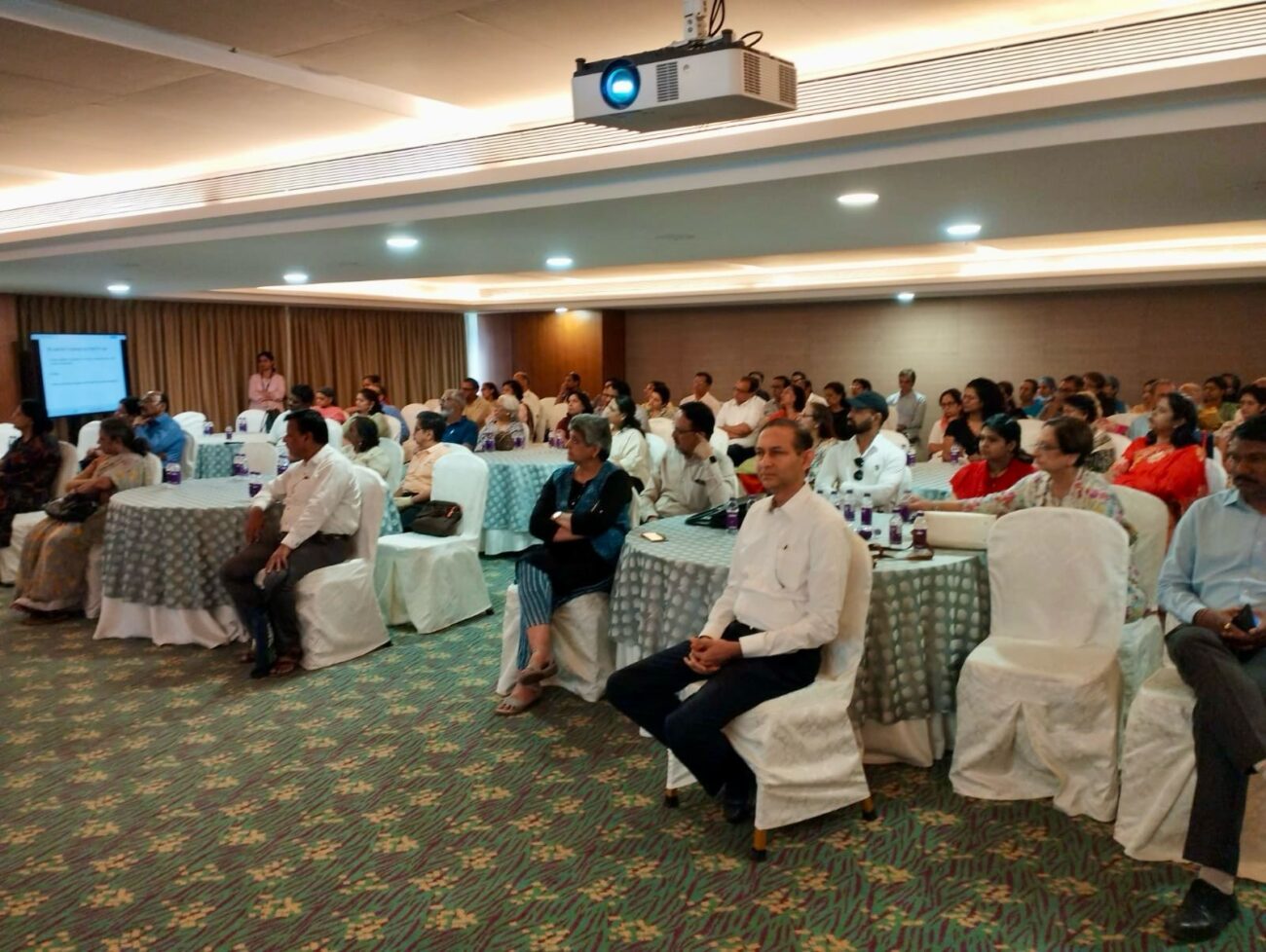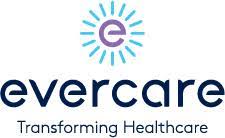Max Healthcare’s Women Bone Health Survey – The less glamorous side of high heels and childbirth
48.5% women wear high heels on a regular basis for work and socialising: 85.4% Younger women in the age group of wear high heels on a regular basis Over 45% women are not conscious of their
- 48.5% women wear high heels on a regular basis for work and socialising: 85.4% Younger women in the age group of wear high heels on a regular basis
- Over 45% women are not conscious of their posture through the day, which impacts their bone health
- Close to 60% women suffer joint pain owing to long siting hours at work or otherwise
- Close to 40% women say their bone health has deteriorated post childbirth
- Close to 75% older women, mostly post 30 years face ortho issues post childbirth
- A staggering 68.2% underweight women have faced this issue
- Factors like – stress, air pollution, nutrient intake and genetic history also impact bone health negatively
The women of the house plays various roles in her day to day life, she is the mother, the wife, the home-maker, an efficient professional and much more. In juggling so many hats on a daily basis, more often than not, her personal self takes a back seat, and this starts impacting her personal health. While there are various issues that are worth talking about, Max Healthcare selected the theme of ‘Women’s bone health and orthopaedic issues’ to spread awareness about the issue and establish the need for self- care.
A survey was done with 500+ women in Gurgaon/Delhi NCR aged between 20 to 45 years and above and various aspects were understood. A balanced share of respondents across following profiles were include – Homemaker and Working Professional.
Impact of high heels on bone health
Wearing high heels over a period of time have known to impact a women’s bone health. One may not realise the impact of this when young and healthy but consistent use of heels over a long duration of time impacts one’s posture and thereby cause orthopaedic issues in women. Yet, as per the survey, almost 50% of women wear high heels on a regular basis to work or meetings, out of which 85% are between 20-30 years of age. Heels are most often associated with corporate power dressing, which is perceived to have an impact on a woman’s confidence and self-image, but if it brings grave downside along, then one should be conscious and wary. Wearing high heels, coupled with urban lifestyle which is plagued with stress, occasional alcohol consumption, smoking and sedentary lifestyle can have huge negative implications.
- 48.5% women wear high heels on a regular basis or on the weekends for social gatherings
- 37.5% of 20-30 year old women wear high heels daily
- 85.4% 20-30 year old women wear high heels daily or on weekends for parties
- 43.7% working women wear high heels daily
- While only 14.6% 20-30 year old women do not prefer high heels at all or wear occasionally, 52.9% 30-45 year old and 83% above 45 year old women feel this way
Dr. S.K.S. Marya, Chairman & Chief Surgeon, Orthopaedics and Joint Replacement, Max Hospital, Gurgaon says, “Our survey has shown that a shocking 48.5% women wear high heels on a regular basis or on the weekends for social gatherings. While societal norms and dress code followed in corporate offices push them to wear high heels, it is imperative that they are wary of various nuances associated with it. High heels when worn on a regular basis, impacts the back, toes and the joints of ankle and knee. This puts immense pressure on the spine which can hamper the overall bone structure and posture of women over a period of time. It has also been observed that heels such as pumps, stilettoes, platforms are far more stressful on the posture of young women as the risk of deformity on developing bones are more. These heels create an anomalous and awkward angle for the ankle which further creates pressure and hinders the circulation to the foot. In many cases, the big toe becomes deformed also known as ‘Hallux Valgus’, and require correction surgery. Regular use of high heels might also lead to early osteoporosis and permanent backache. Therefore, women should only wear high heels occasionally and go for flats, ballerinas, loafers, slip ons, oxfords etc. for daily use.”
Daily Posture and Bone Health
A human body is just like a machine which is designed to function in a certain way. Every individual finds comfort in siting, standing, walking and conducting her daily chores in a certain posture. But, just about any posture is not a healthy posture, one should be conscious of her posture on a regular basis to avoid any unnatural stress on the joints and bones. Yet, over 50% women do not focus on their daily posture and are ruining their bone health in the process. In addition, it was also observed that homemakers in comparison to working women are far less conscious about their posture while doing their daily chores and managing home.
- Only 55% women are conscious about their daily posture at work or home
- 41.7% 20-30 year old care about their daily posture while 58.3% are unconscious of their daily posture
- 55.9% 30-45 year old care about their daily posture while 44.1% are unconscious of their daily posture
- 66% 45 year and above care about their daily posture while 34% are unconscious of their daily posture
- 51.2% homemakers and 58.6% working women take care of their daily posture
- 59.2% women feel some kind of bone or joint pain after sitting for too long
-
- 41.7% 20-30 year old women have back pain, joint pain or both
- 63.2% 30-45 year old women have back pain, joint pain or both
- 69.8% 45 year and above women suffer from back pain, joint, pain or both
-
- 57.3% homemakers and 60.9% working women suffer from back or join pain and sometimes both
- 42.7% homemakers and 25.3% working women are unaware of exercises for bone health or not able to take out time
- The survey also found out that women are more likely to be social drinkers (31%) as compared to men (23%), and both genders like hard liquor equally rather than preferring a light drink.
- At 44%, women smoke more than men (32%).
Dr. S.K.S. Marya, Chairman & Chief Surgeon, Orthopaedics and Joint Replacement, Max Hospital, Gurgaon says, “The data derived from our survey once again goes to prove that majority of women be it a homemaker or a working professional is unable to take out time for herself especially her bone health. They neither pay attention to their posture while sitting on their desk or doing household work nor they undertake set of few simple yet effective exercises which can help them in the long run. Another dangerous trend that has come out of the survey is that almost 60% of young working women aged between 20-30 years of age either don’t pay attention to their daily posture or think it doesn’t matter. The survey also finds out that 31% women are likely to be social drinkers and prefer hard liquor over a lighter one. It was also surprisingly found that 44%, women smoke daily or while drinking. Hence, when the widespread ignorance about daily posture is combined with a sedentary lifestyle and unhealthy habits such as smoking, and consumption of alcohol can harm their bone health enormously. Therefore, there is a dire need to raise awareness on how day to day health habits and correct posture can be of immense help to these young women and protect them from major orthopaedic issues in the long run.”
The untold side of motherhood – Orthopaedic issues post childbirth
Majority of times the media glamorizes ‘motherhood’ – the celebrated glow, the celebrity fad diets and yoga regime and the fancy twinning wardrobe for a new mother and her baby. However, there’s an untold side of motherhood as well. One of them being permanent and semi-permanent orthopaedic issues women go through post childbirth. With increasing age followed by occurrence of menopause, the quality and quantity of bone minerals also decreases.
- 38% women have faced bone health related issue post childbirth whereas 62% have either not faced at all or are not aware
- 74.5% women above the age of 30 have faced orthopaedic issues after childbirth
- While 30% normal and 24.3% overweight women have face post-labour orthopaedic issues, a staggering 68.2% underweight women have faced this issue
- 40% homemakers and 35% working women have faced orthopaedic issues post childbirth
Dr. S.K.S. Marya, Chairman & Chief Surgeon, Orthopaedics and Joint Replacement, Max Hospital, Gurgaon says, “The child is inadvertently feeding on the mother and her reserves including her bone health resources. As per our survey, 38% women have faced bone health related issue post childbirth out of which 74.5% women were above the age of 30. This occurrence is a result of when bone minerals are not replenished properly. This leads the woman to suffer from deficiencies which might cause orthopaedic issues such as Lower Backpain, Carpal Tunnel Syndrome, Plantar Fasciitis, Osteitis Pubis and more. The chances of postpartum orthopaedic problems increase in women who have multiple childbirths, childbirth at a younger age or are already deprived of nutrients essential for bone health. Therefore, the incidence is seen more among underweight women with 68.2% underweight women having postpartum orthopaedic issues as they are already running short of bone health reserves. However, in many of these cases, the complication can certainly be avoided with proper nutrition, regular exercises and consuming components to improve health but making sure there’s no gain of excess weight.”
While, the above factors are directly correlated to women’s bone health, there are plethora of other factors which indirectly have a huge role to play – stress, air pollution, nutrients and minerals and genetic pull. Below are some findings of the survey which highlight the importance of each of these.
Stress (From a scale of 1-10)
While personal and professional stress combined does not have a direct impact on women’s bone health, a high level of stress impacts the physical health which in turn impacts bone and muscle health.
Through the survey, it was observed that women aged between 20-30 years are highly stressed (rated 7.25) – general + professional
This particular factor is also influenced by activity levels, nutrition, socialising etc. resulting in aches and pains in the body.
Air Pollution
High level of air pollution also has an implicit effect on women’s bone health. Air pollution leads to poor oxygenation which further hampers the circulation of bone minerals. Pollutants in the environment combined with sedentary lifestyle makes the situation worse. Like any other morbidity, the elderly population is more prone to air pollution induced orthopaedic issues.
A staggering 75.7% women are exposed to medium to high degree of pollution. Some of the precautionary steps include wearing masks, air purifiers, no smoking etc.
Nutrients and Minerals
One of the most neglected as well as the most important factor that impacts women’s bone health in consumption of the right amount of nutrients and minerals on a regular basis. A lot of people are also unaware that while calcium is a key component for bone health, without enough vitamin D, the body will be unable to absorb the calcium.
While, women are aware of the value of protein (98.2%), roughage (39.6%) and carbohydrates (22.5%) for bone health, 51% women are unaware about the importance of Iron and Potassium for bone health. Therefore, there needs to be a balance of all the essential nutrients and minerals to maintain good bone health in the long run,
Genetic Pull
Genes play a major role when it comes to women’s bone health. Orthopaedics has genetic concerns both in terms of disease and quality of health. Some of the most common genetic orthopaedic issues that are passed on include rheumatoid arthritis (RA), osteoarthritis, thyroid and para thyroid.
A very perilous trend that came out of the survey was that 62.5% 20-30 year old women are not aware if orthopaedic issues run in their family. This lack of knowledge might delay the diagnosis and exacerbate the situation. Some of the regular tests women must undertake include Vitamin D, Dexa Bone Scan, Vitamin B12 & Calcium + Phosphorus
The insights derived from the survey highlight the dire need to raise awareness about bone health among women. From direct factors such as high heels, daily posture, childbirth to additional factors like stress, air pollution, genetics and diet – all play a major role in determining the quality of women’s bon health in the long run thus, ensuring a healthy body and mind.





